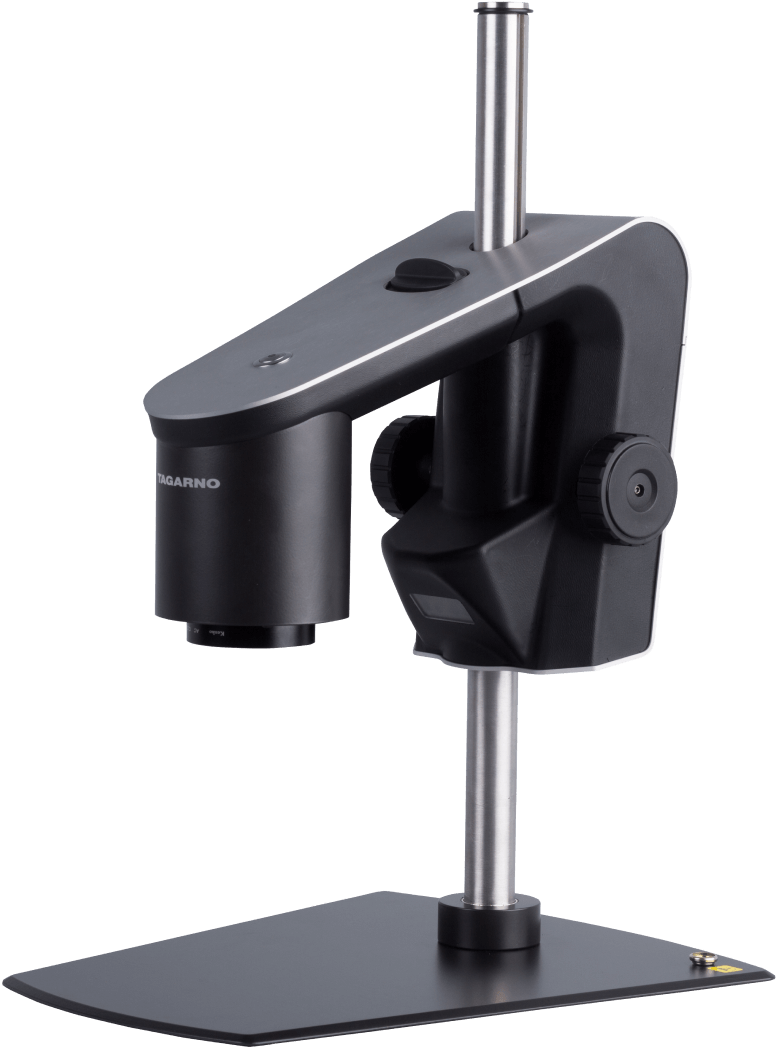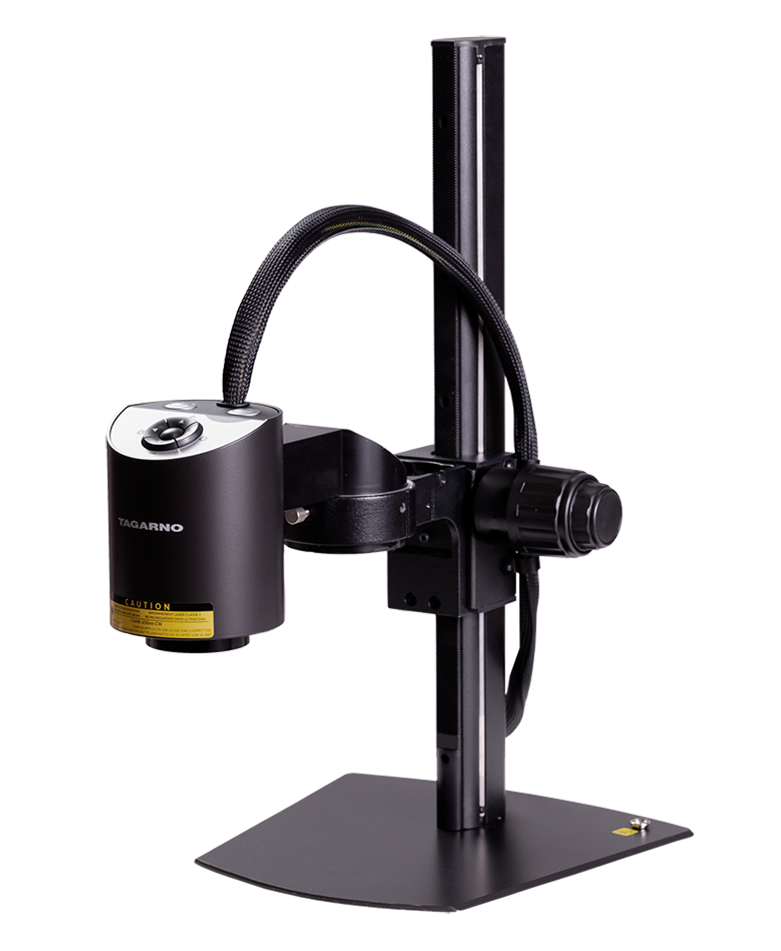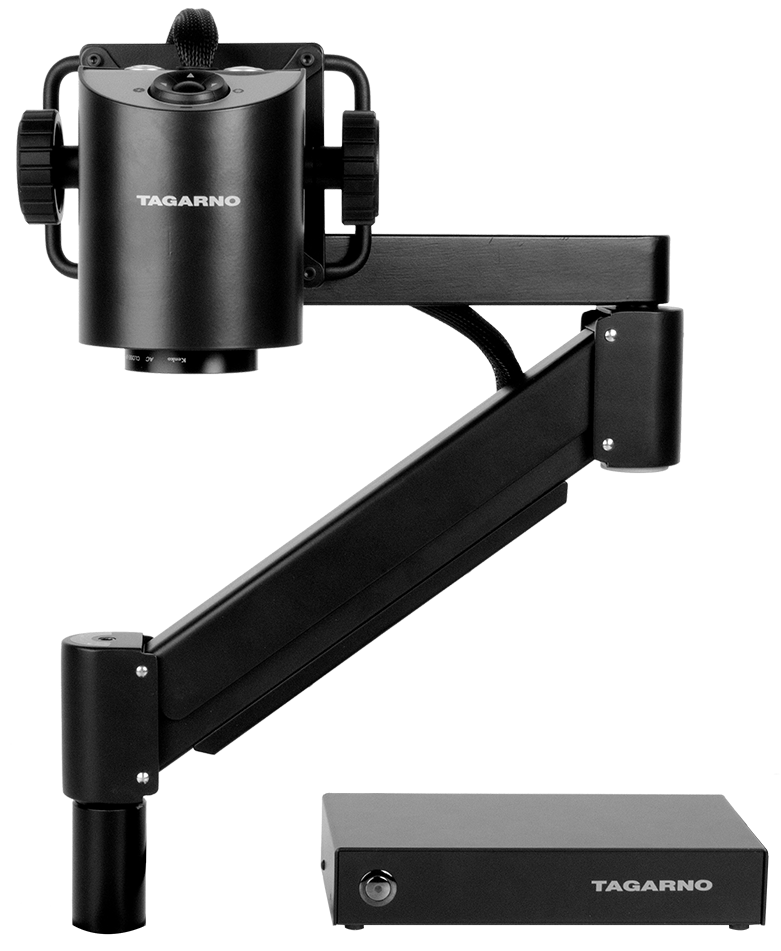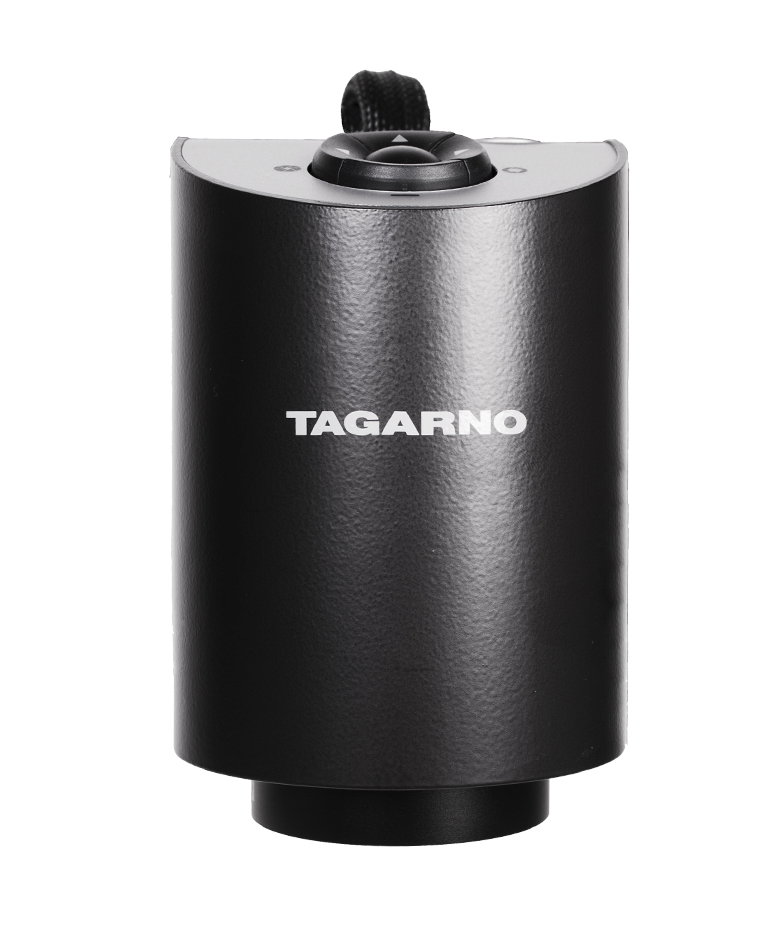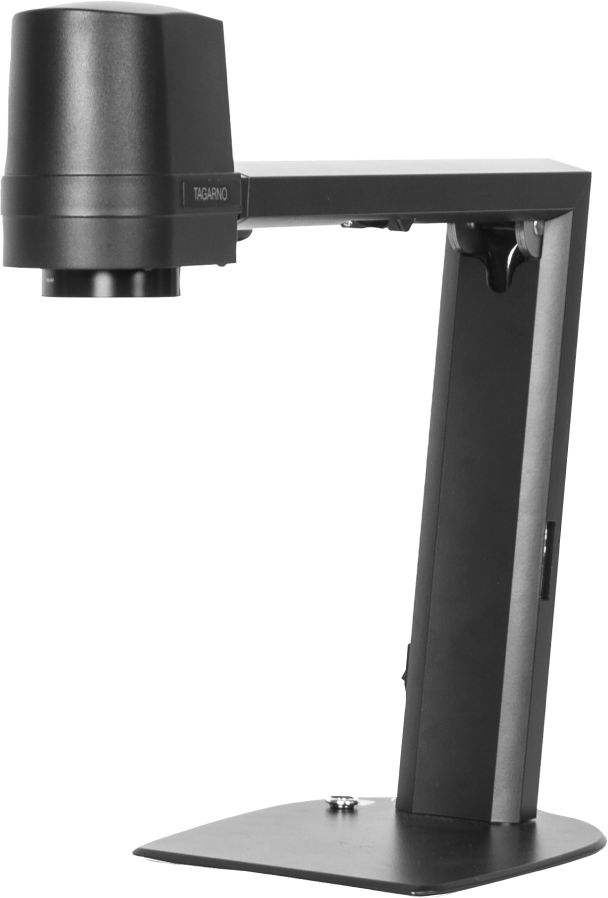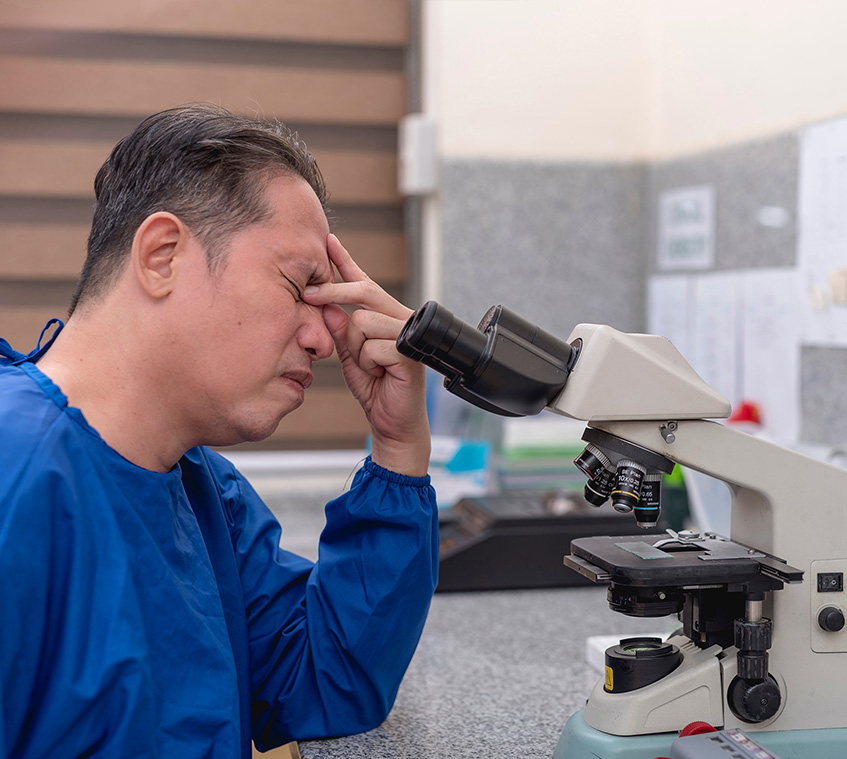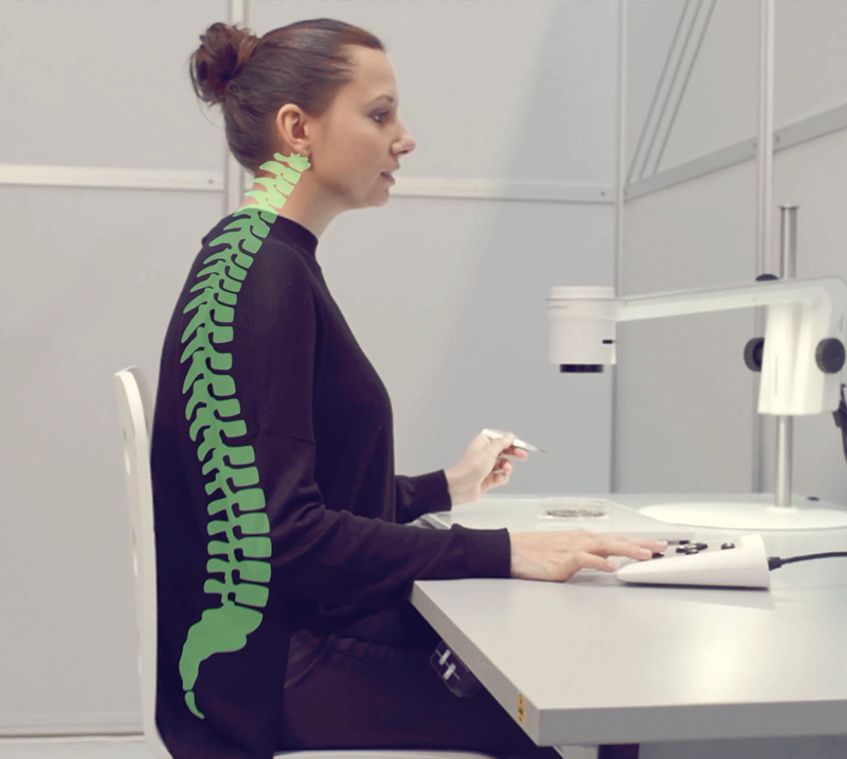While ergonomics within the workspace isn’t a new phenomenon, there’s a lot to be done and benefits to reap when it comes to creating an ergonomic microscope workstation. Doing so will not only benefit the operator themselves, but also the company they are working for, making investments in microscope ergonomics pay off quickly.
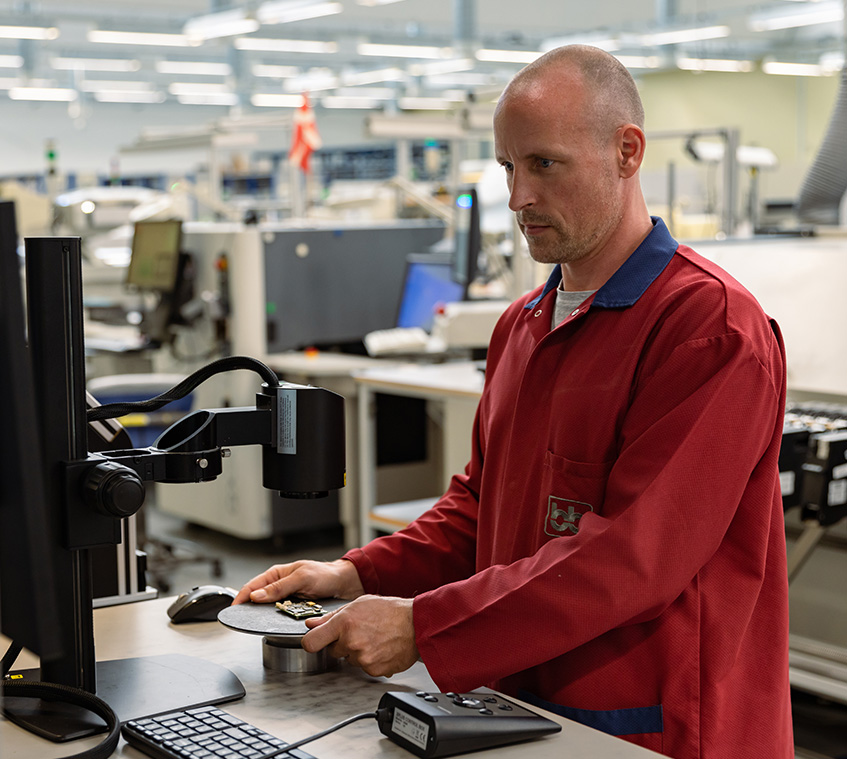
MICROSCOPE ERGONOMICS
How to create an ergonomic microscope workstation
There's many benefits from creating an ergonomic microscope workstation. Here's what to expect and how to get started.
What is an ergonomic microscope workstation?
An ergonomic microscope workstation is a workstation used for microscopy that focuses on the operator rather than the microscope. Using the science of how the human body interacts with other systems, also referred to as ergonomics, the aim is to create the most comfortable setup for the operator.
While what is comfortable will to some degree depend on the individual operator, we know that there’s certain factors that leads to muscoloskeletal pain.
The three most common factors leading to muscoloskeletal pain are:
- Awkward postures
- Repetition
- Forces
A key component of creating an ergonomic microscope workstation is thus to eliminate the occurrence of these factors.
We’ll provide recommendations for how to do that at the end of this blogpost. In the meantime, let’s look at the benefits of focusing on microscope ergonomics.
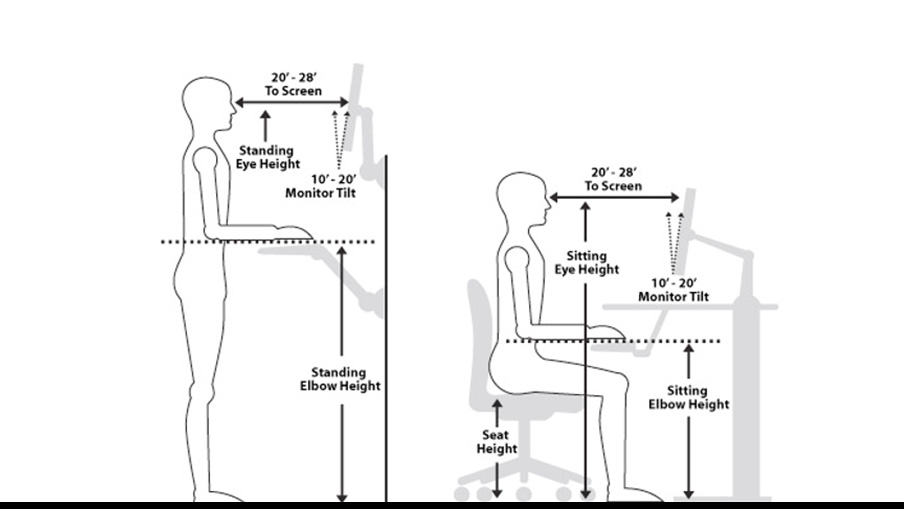
The benefits of an ergonomic microscope workstation
To understand the benefits of a ergonomic microscope workstation, let’s start by clarifying what the consequences are of not having an ergonomically designed workstation.
Studies show that 80 % of microscope operators experience job-related muscoloskeletal pain and 20 % have missed work because of muscoloskeletal pain. The most common areas to feel pain in are the lower arms, wrists, neck, shoulders, back. Many also report eyestrain and headaches as the most common types of pain.
Studies also show, however, that job-related pain can in fact be reduced by introducing simple ergonomic intervention methods.
The benefits of an ergonomic microscope workstation are therefore reduced job-related pain but also increased productivity and fewer customer returns. Focusing on microscope ergonomics will thus affect not only the individual microscope operator, but also the company financially. The company’s ability to attract and keep employees as well as customer satisfaction may as well be affected positively.
How to create an ergonomic microscope workstation
There’s various ways to create an ergonomically designed workstation. Let’s have a look at what you should definitely keep in mind.
Table and chair
To start with, it’s important that you have the right chair and table. Both need to be adjusted to fit the operator, allowing them to rest their feet on the ground, receive lumbar spine support and rest their lower arms comfortably on the table. This also means having control options flat on the table or ground with a footswitch rather than using a tablet placed on top of the microscope that the operator needs to point and touch to control.
If possible, use a height adjustable table. This will create more freedom in terms of movements and the operator can alternate between sitting down and standing up throughout the day.
Support the neck and shoulders
Another important factor in creating an ergonomic microscope workstation is enabling the operator to sit up straight. Common complaints from microscope operators are neck, back and shoulder pain from leaning forward to look through an eyepiece.
One way to solve this is by choosing a microscope with an adjustable eyepiece or that is compatible with various accessories that can change the height, viewing height, and viewing angle of the microscope.
Another way is by changing to a digital microscope that doesn’t even use an eyepiece. Instead, the microscope uses a monitor to display the sample. Looking at a monitor allows the operator to look straight ahead and requires no customized adjustment of the microscope.
When using a monitor, it’s important to tilt the monitor correctly and maintain the correct distance to the monitor. Doing so will reduce eyestrain and headaches, two commonly reported areas of pain by microscope operators.
Don’t forget to take breaks
Like other tasks that require a lot of concentration, using a microscope for hours on end will tire you out. For that reason, don’t forget to take breaks – even if you do have an ergonomic microscope workstation.
In this blogpost, we’ve listed a series of refreshing eye exercises that you can do to avoid eyestrain specifically.
There’s more to read
Now that you’ve made it to the end of this blogpost, here’s a few other blogposts that you might find interesting.
-
The best digital microscopes See the best digital microscopes from TAGARNO. This guide will tell you the pros and cons of the different microscopes and help you choose the right one. Read more
-
How do you avoid eyestrain in microscopy? Eyestrain is very common when working with microscopes. Here's simple exercises and changes you can make to your setup to avoid eyestrain. Read more
-
How do you use a microscope in correct posture? With many microscope operators spending hours every day at microscope, it’s important to ensure that they’re using it correctly – not just in terms of functionality, but also ergonomics.
Learn how to use a microscope ergonomically correct in this blogpost. Read more
Udfyld denne formular for at komme i kontakt med TAGARNOs salgsteam. Hvis du har et supportspørgsmål, bedes du besøge vores Supportside.
Du er også mere end velkommen til at kontakte vores salgsteam direkte.


